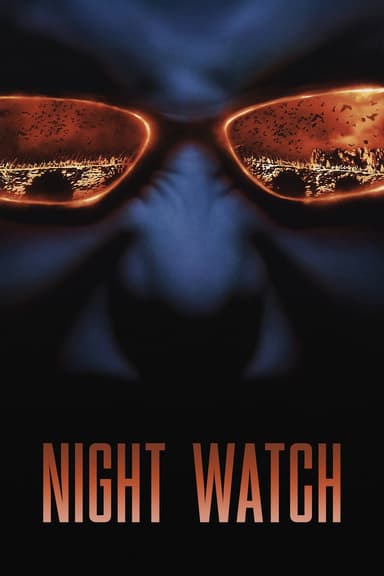
The Towering Inferno
1974 • Action, Drama, Thriller • PG
At the opening party of a colossal—but poorly constructed—skyscraper, a massive fire breaks out, threatening to destroy the tower and everyone in it.
Runtime: 2h 45m
Why you should read the novels
Reading the original source novels, The Tower by Richard Martin Stern and The Glass Inferno by Thomas N. Scortia and Frank M. Robinson, provides a far deeper exploration of the high-rise disaster than The Towering Inferno film adaptation. These books offer intricately detailed descriptions of the construction industry, the inner workings of skyscraper management, and the complex engineering decisions that lead to catastrophe—elements the film only briefly touches. The novels dive into the motivations and moral struggles of a diverse cast of characters, allowing readers to connect more profoundly with each individual’s fate as the disaster unfolds.
Both books were written before the movie’s production, offering a more grounded and realistic scenario of architectural ambition and the ethical dilemmas of cutting costs. The tension and peril are heightened because the authors take the time to establish character backgrounds, professional rivalries, and personal stakes with a subtlety often absent from the action-driven film. These layers add richness and weight to the chaos as it erupts floor by floor.
If you value immersive storytelling and want a more nuanced understanding of the high-rise disaster genre, the novels are the better choice. They balance technical insight with human drama, inviting readers to ponder the real-life implications of ambition, responsibility, and survival in ways the movie cannot fully capture.
Adaptation differences
One of the main differences between The Towering Inferno and its source novels lies in the origin of the story. The film is actually a combination of two separate novels: The Tower and The Glass Inferno. The decision to blend these stories means neither book’s plot is followed exactly, but instead, characters and incidents were selectively merged or rewritten to create a more cinematic, unified disaster narrative.
The novels provide richer, more complex characterizations and a greater focus on the technical and ethical roots of the catastrophe. The movie streamlines these elements to fit its action-driven format, often compressing or entirely omitting subplots and secondary characters to focus on a handful of leads and spectacular effects. Critical themes such as the ramifications of poor safety protocols and the consequences of cost-cutting measures are explained in detail in the books, while the film delivers them mainly through dialogue or brief exposition.
Another significant difference is the level of realism. The books maintain a more grounded and plausible tone, with disaster unfolding methodically due to a combination of negligence, human error, and the limits of technology. The film, although establishing similar faults, leans far more heavily on major set-pieces and heroic rescues, sometimes stretching believability to maximize suspense and visual spectacle.
Finally, the resolution and fates of key characters often differ between the books and the film. The source novels do not always provide the same triumphant or redemptive moments, opting instead for a more somber and realistic conclusion to the disaster. Survival can be random, heroic efforts sometimes fail, and the lasting consequences for survivors and those responsible are explored with greater depth and sobriety in the original novels.
The Towering Inferno inspired from
The Glass Inferno
by Thomas N. Scortia, Frank M. Robinson
The Tower
by Richard Martin Stern


